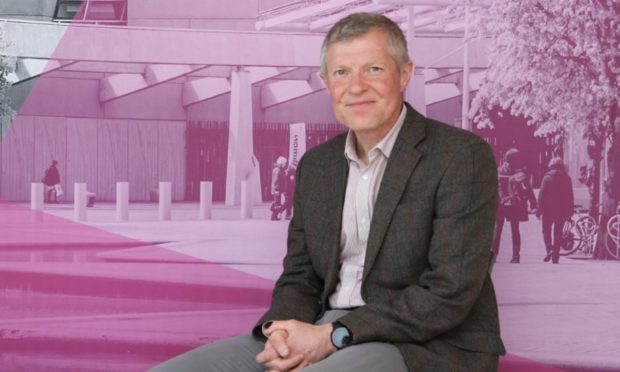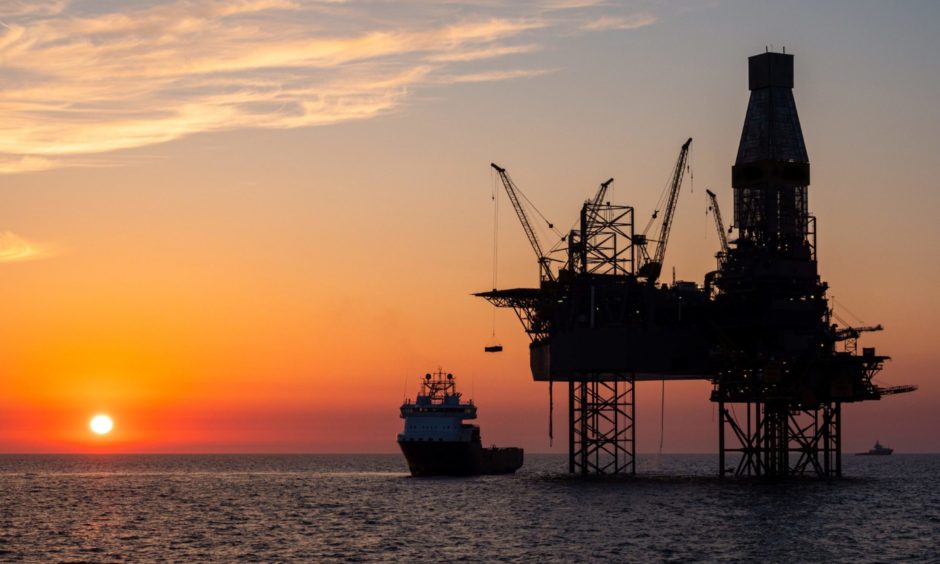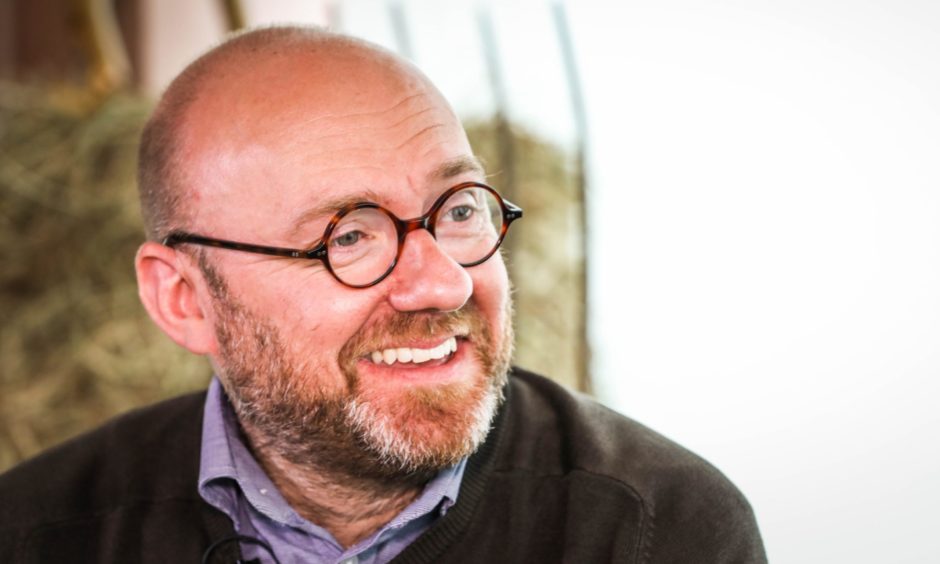Scottish Liberal Democrat leader Willie Rennie has accused the Scottish Greens of “almost repeating the mistakes of Margaret Thatcher from the 1980s” over their proposals for the oil and gas industry.
In an exclusive interview, Mr Rennie claimed the Green proposals would not actually tackle climate change and described their policies as “cavalier and crude”.
But Scottish Greens’ co-leader Patrick Harvie said only his party is serious about creating jobs by “investing in the industries of the future”.
Mr Harvie revealed earlier this month that he thinks oil and gas production should wind down within the next 10 years.
The Greens also unveiled proposals in their manifesto calling on the Scottish Government to stop issuing new licences for oil and gas exploration and to end subsidies and tax breaks for the industry.
Mr Rennie, who claimed his party face a close battle between the Greens and the Alba Party for a north-east regional list seat in next month’s election, said the Liberal Democrats have “not set any time limit” on when oil and gas production should cease.
However, the Lib Dem election manifesto outlines the party will “plan for the inevitable end of oil and gas by getting the transition right”.
He also said he did not have a “fixed view” on when new licences and subsidies should be halted and stressed the country must first “gradually reduce” the demand on oil and gas, to ensure alternative jobs are created to support workers across the north-east and to avoid buying in oil from overseas.
The Scottish Liberal Democrat leader, who is expected to visit Inverness on the campaign trail on Monday, said: “What is most important is we create the alternative demand so we need to create renewable demand within Scotland. Transport and domestic heating are the two big things that we need to get on top of.
“We want to change a million homes from heating with gas to air force heat pumps and district heating systems.
“That will gradually reduce the demand on oil and gas over time.
We think it is cavalier, crude and almost repeating the mistakes of Margaret Thatcher from the 1980s to do what the Greens are proposing.”
Willie Rennie, Scottish Liberal Democrat leader
“You will have rapid chargers for cars, you will have hydrogen systems for bus transport so there’s various technologies.
“It’s better to look at it that way round rather than say we’re going to set a deadline for when we stop oil and gas.
“You create the alternative jobs and gradually move people over to the new technologies and the new demands for employment.
“We think it is cavalier, crude and almost repeating the mistakes of Margaret Thatcher from the 1980s to do what the Greens are proposing.
“This arbitrary setting a deadline on when things are going to close – by 2030 is their deadline – is just looking at it through the wrong end of the telescope.
“They need to look at how does Scotland reduce the demand rather than cutting off the supply because if we’ve still got demand for oil and gas in Scotland then we’ll just go somewhere else.”
Oil and gas workers
Mr Rennie said the most important aspect of the move away from oil and gas is to ensure North Sea workers get the opportunities to retrain and move into new jobs in cleaner forms of energy.
This will require the oil and gas industry to figure out who can be “trained up over time” to ensure there is a “smooth transition” and involve co-operation with training providers such as colleges, he added.
He added that “thousands and thousands of people” would be required to make some of his party’s proposals a reality, including fitting air force pumps and different heating systems and creating a rapid car charging system across Scotland.
Mr Rennie said: “Making that fit together is quite a hard thing to do but that’s the hard graft that needs to be done to make this effective rather than just the big slogans.
“We just cannot afford to have a repeat of the 1980s.”
Scottish Greens co-leader Patrick Harvie said there is “nothing tokenistic about investing £7.5 billion in cutting Scotland’s climate emissions and creating 100,000 jobs”.
He added:”Indeed, a failure to do so would leave the communities that rely on jobs in the oil and gas sector to the same mistakes as the Thatcher era.
“Only the Scottish Greens are proposing to create jobs by investing in the industries of the future.
“The Lib Dems, like the other parties, want to let the industry keep exploring for new oil and gas for as long as they can find demand for fossil fuels. This is urgent.
“2030 is far from arbitrary – it is the date the nations of the world signed up to in the Paris Agreement as a point of no return on the climate emergency.”












